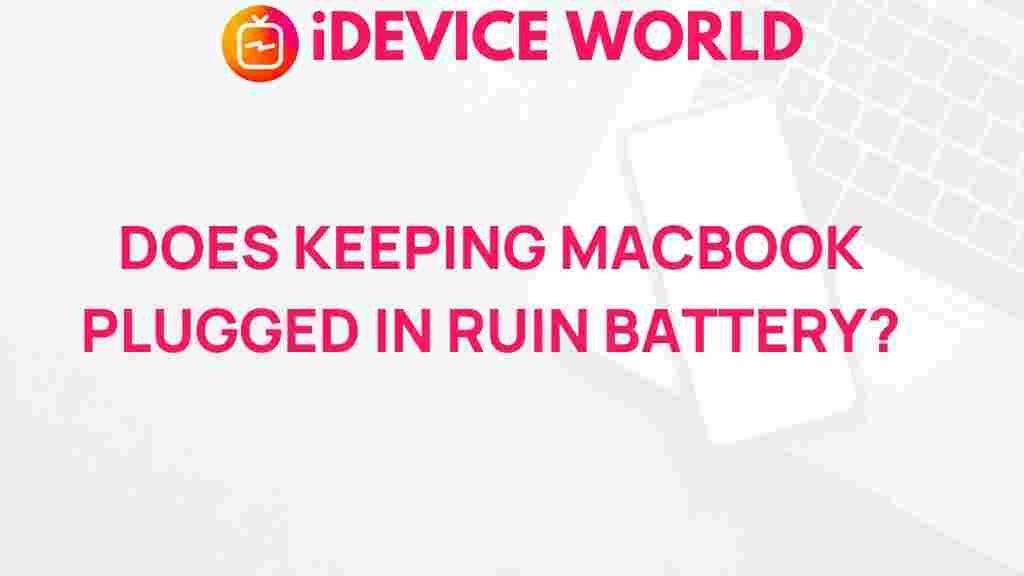MacBook: Unraveling the Mystery of Battery Life
The MacBook has become synonymous with premium performance, sleek design, and impressive battery life. However, the truth about MacBook battery life is often shrouded in mystery, leaving many users with questions about how long their device will last, how to extend that life, and what factors truly influence battery performance. In this article, we will delve into the intricacies of MacBook battery life, providing you with a comprehensive understanding of how to get the most out of your device.
Understanding MacBook Battery Technology
Before we explore ways to optimize your MacBook’s battery life, it’s essential to understand the technology behind it. MacBooks use lithium-polymer batteries, which are known for their efficiency and longevity. Here are some key points to consider:
- Battery Capacity: Measured in milliamp hours (mAh), the higher the mAh, the longer your battery can last on a single charge.
- Cycling: Lithium-polymer batteries are designed to withstand a specific number of charge cycles, typically around 1000 cycles for most MacBooks.
- Battery Management System: MacBooks have a built-in battery management system that helps regulate charging and discharging to prolong battery health.
Factors Affecting MacBook Battery Life
Several factors can influence the battery life of your MacBook. Understanding these can help you manage and optimize your device’s performance:
- Screen Brightness: High brightness settings can drain your battery significantly.
- Applications: Resource-intensive applications, especially those that use graphics, can consume more power.
- Background Processes: Applications running in the background can affect overall battery performance.
- Network Connectivity: Continuous use of Wi-Fi and Bluetooth can also impact battery life.
How to Optimize Your MacBook Battery Life
Now that we understand the factors that affect battery life, let’s explore practical steps to optimize it. Here’s a step-by-step guide:
1. Adjust Your Display Settings
Lowering your screen brightness is one of the easiest ways to save battery. Here’s how:
- Click on the Apple menu.
- Select System Preferences.
- Go to Displays and adjust the brightness slider.
2. Manage Your Applications
Keeping your applications organized can help extend your MacBook’s battery life:
- Close any unnecessary applications.
- Use the Activity Monitor to identify resource-heavy apps and quit them if they’re not needed.
- Uninstall applications that you don’t use regularly.
3. Optimize Energy Settings
Your MacBook has built-in energy-saving features that can significantly improve battery life:
- Go to System Preferences and select Energy Saver.
- Check the box for Put hard disks to sleep when possible.
- Adjust the Computer sleep and Display sleep settings to minimize energy usage.
4. Disable Unused Features
Disabling features that you don’t use can also conserve battery:
- Turn off Bluetooth if not in use.
- Disconnect from Wi-Fi if you are not using the internet.
Troubleshooting Common Battery Issues
Even with the best practices, you might encounter battery issues with your MacBook. Here are some common problems and their solutions:
1. Battery Draining Quickly
If your MacBook’s battery is draining faster than expected:
- Check for software updates by clicking the Apple menu and selecting About This Mac > Software Update.
- Reset the System Management Controller (SMC) to restore battery functionality. Follow the instructions from Apple’s support page here.
2. MacBook Not Charging
If your MacBook won’t charge, consider these steps:
- Inspect the charging cable and adapter for damage.
- Try a different power outlet.
- Reset the SMC as mentioned above.
3. Inaccurate Battery Percentage
If your battery percentage seems incorrect:
- Calibrate your battery by fully charging it, then using it until it completely drains, followed by another full charge.
- Use the Battery Status menu to check for any warnings or issues.
When to Replace Your MacBook Battery
Despite your best efforts, there may come a time when your MacBook battery needs to be replaced. Signs that it’s time for a replacement include:
- The battery health status indicates less than 80% capacity.
- Your MacBook unexpectedly shuts down even with a charged battery.
- The battery expands or shows physical signs of damage.
For battery replacement, consider visiting an authorized service provider or checking Apple’s official support page for guidelines on battery replacement options.
Conclusion
Understanding the truth about MacBook battery life can significantly enhance your user experience. By managing your settings, being mindful of resource usage, and troubleshooting when necessary, you can maximize your MacBook’s performance and battery longevity. Regular maintenance and awareness of your device’s health will ensure that your MacBook continues to serve you well for years to come. For more tips and resources, visit our knowledge base.
This article is in the category Reviews and created by iDeciveWorld Team
